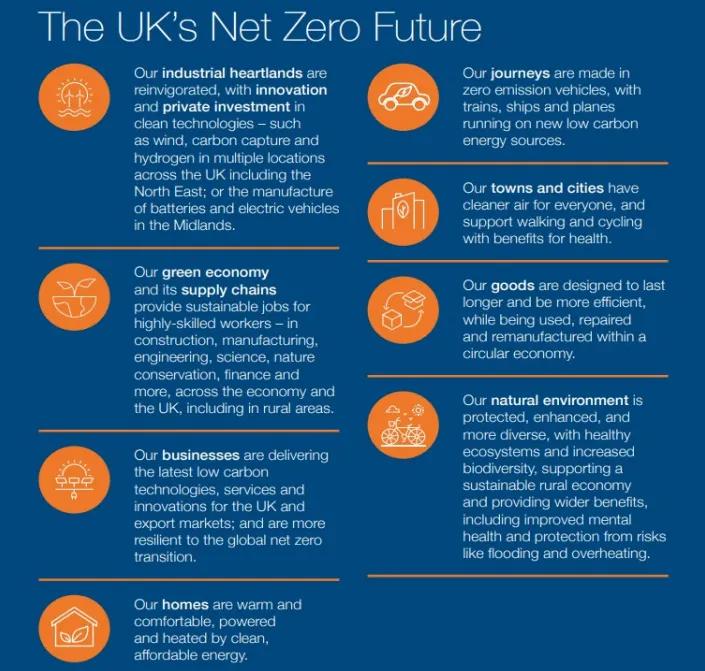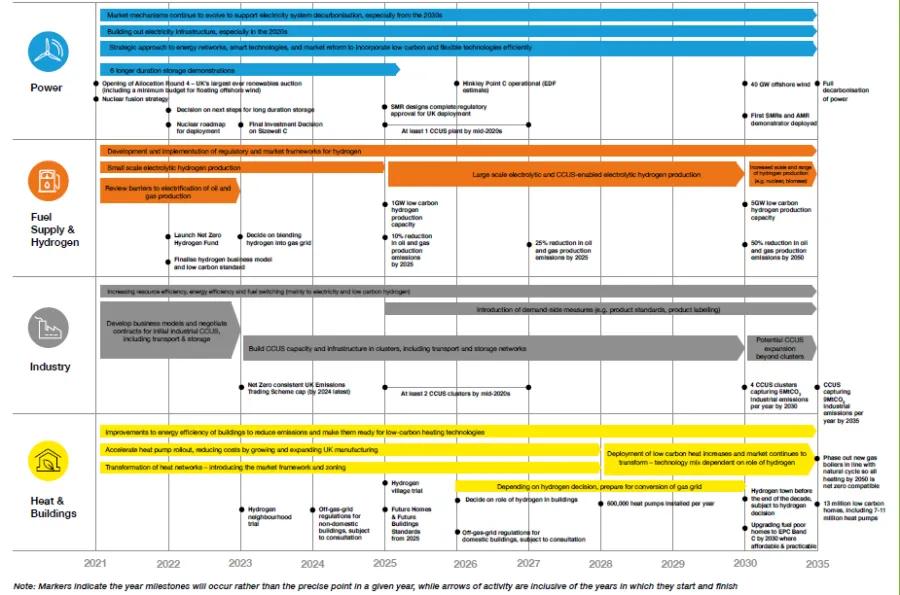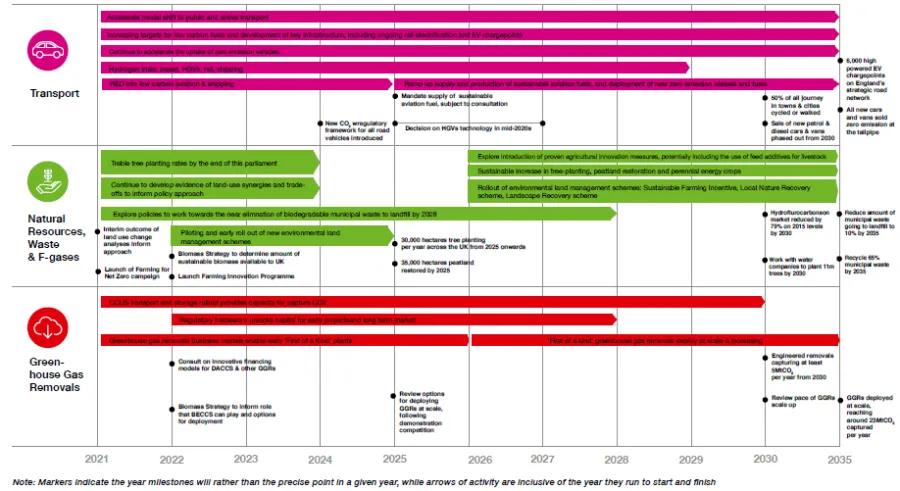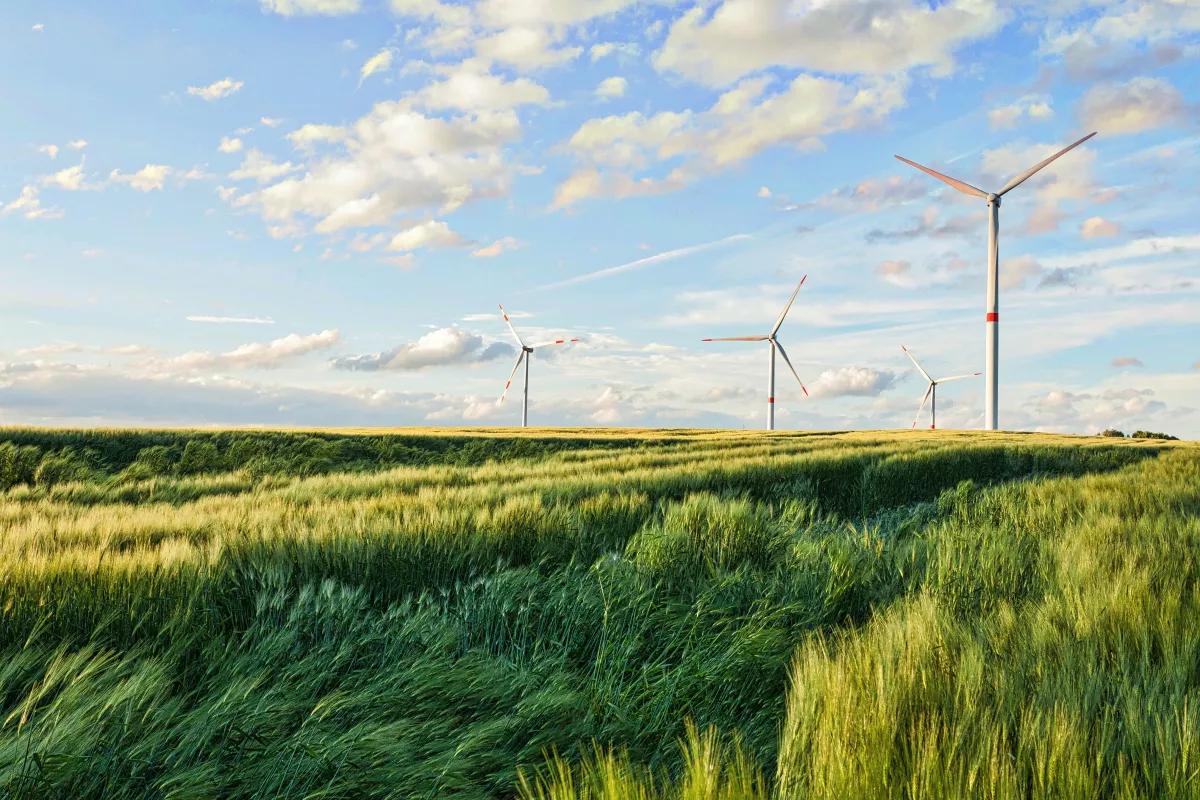Decarbonising Our Energy Industry
Climate change has become the greatest risk of humankind in the past decades. Extreme weather, storms, floods and wildfires are intensifying around the world. Air pollution has affected tens millions of peoples’ health. In addition, unpredictable weather causes untold damage to property and livings. Therefore, to battle with climate change, the world requires rapid reduction of greenhouse gas emissions to limit global warming to 1.5 °C. In the recent Conference of the Parties (COP26), countries are asked to come forward with ambitious 2030 emissions reductions targets that align with reaching NetZero by the middle of the century, with the goals of accelerate the phase-out of coal, curtail deforestation, speed up the switch to electric vehicles and encourage investment in renewables (UN Climate Change Conference, 2021).
As reported in United Nations Framework Convention on Climate Change (UNFCC) annual reports, energy industry is always the highest greenhouse gas (GHG) emitter globally. Therefore, to reduce the GHG emissions and achieve NetZero emissions, decarbonisation of energy industry is the primary key focus. Fossil fuels have been the primary source of energy in the world over the few decades. Therefore, it is impossible to phase-out fossil fuels in a short period of time. In addition, the energy demand in many underdeveloped and developing countries will continue to increase due to the growth of the population in the coming decades. To trade-off the energy demand with GHG emissions reduction, a global energy transition plan should be developed. In addition, localised energy transition plan is also needed to fulfil the geographical constraints and consideration. Number of NetZero strategies for energy industry have been presented as a guide to transition the industry to achieve NetZero emission.
International Energy Agency (IEA)
IEA has taken a lead to publish a document entitled “NetZero by 2050: A Roadmap for the Global Energy Sector” in October 2021. This document presents a good overview of NetZero roadmap for the global energy sector and mapped out the strategies to reach NetZero by 2050. To achieve NetZero, it will require commitment from all stakeholders across the main sectors by various actors. In general, energy consumption is highly dependent on global population and gross domestic product (GDP). Based on the report, seven key pillars of decarbonisation of energy sector were identified.
- Energy efficiency
- Behavioural change
- Electrification
- Renewables
- Hydrogen and hydrogen-based fuels
- Bioenergy
- Carbon capture, utilisation and storage
- United Kingdom (UK) Government
The UK government launched a strategy document “Net Zero Strategy: Build Back Greener” in October 2021. To transform UK’s economy towards NetZero, it is an unprecedented opportunity and change journey. Figure 1 shows the future of NetZero in UK. It is noted that it covers governance, citizens, technologies, businesses and environment.

Figure 1: NetZero future in UK (HM Government, 2021)
In the report, it provides a transition approach from 2020 to 2050 with 2035 as a check point. Figure 2 shows high level activities across sectors to 2035, which provide the pathways towards NetZero in 2050.


Figure 2: Check Points to achieve NetZero (HM Government, 2021)
Malaysia Government
On 27 September 2021, our Malaysia Prime Minister tabled 12th Malaysia Plan (12MP) with a pledge for Malaysia to be a carbon neutral country by 2050 as an effort in response to the climate emergency call to achieve NetZero. The government will consider environmental, social and governance (ESG) principles in its decision-making process (The Edge Markets, 2021). Various national policies and regulations have been launched to promote reduction of GHG emission, such as
- Efficient Management of Electrical Energy Regulation (2008)
- New Economic Model, Government Transformation Programme and Economic Transformation Programme (2010)
- Renewable Energy Policy and Action Plan (2010)
- Second National Physical Plan (2010)
- Low Carbon Cities Framework (2011)
- National Agro-food Policy (2011)
- National Water Resources Policy (2012)
- National Automotive Policy (2014)
- National Energy Efficiency Action Plan (2015)
- Green Technology Master Plan of Malaysia (2017)
- Renewable Energy Transition Roadmap (2021)
- National Energy Policy (2021)
Note that such pocketed and independent strategies and policies do not provide a proper plan to achieve NetZero goal as expected. Therefore, a transformation NetZero action should be developed.
According to Malaysia’s 4th Biennial Update Report to the UNFCCC, energy industry remains largest contributor of emissions where it accounted for 78% of the total emissions. Therefore, to achieve NetZero, reduction of GHG emissions in energy industry is needed. To date, the main mitigation approaches to reduce GHG emissions in the energy industry were replacement of fossil fuel with renewable energy, increase energy efficiency in the industry and transportation sectors. However, such strategies are insufficient to reduce the emission to meet the NetZero goal. Therefore, more drastic steps are required.
Recently, negative emission technologies (NETs) have caught attentions of climate policymakers and researchers. NETs is also known as carbon dioxide removal technologies that able to extract carbon dioxide from the gaseous for storage and utilisation. There are various ways of implementing NETs in the industry. The most common way is to couple NETs with existing power plants to achieve near-zero carbon power generation. NETs also include biochar application, bioenergy with carbon capture and storage (BECCS), and direct air capture with carbon storage (DACCS).
Due to the complexity and multiple possibilities of integrating alternatives technologies as a whole to reduce GHG, therefore, a systematic mathematical optimisation model should be developed. To address the above challenges, a new publication on life cycle optimisation (LCO) for negative emission technologies in electricity generation is published recently (Cheng et al. 2023). LCO study combines established life cycle analysis (LCA) with techno-economic analysis to screen and optimise process alternatives. As reported in Cheng et al. (2023), process alternatives such as bioenergy carbon capture and storage (BECCS), direct air carbon capture and storage (DACCCS), and biochar application are considered. Such NET can be deployed and integrated with existing power generation systems. Based on this concept of LCO, a systematic optimisation model can be developed to evaluate all possible NET alternatives to reduce GHG emission to achieve NetZero goal while fulfil the incremental energy demand.
To drive decarbonisation agenda in Malaysia, all stakeholders (researchers, policy makers, industries, businesses, communities, etc) must work together to play our role in reducing the energy consumption via enhancing energy efficiency, reduction of waste energy as well as replacement of renewable energy source. In addition, NETs should be deployed to extract CO2 in the air and return to the ground and ocean in the form of gaseous or solid. With the continuous efforts from all stakeholders, we will be able to achieve our NetZero together.
Professor Ir Denny Ng Kok Sum
School of Engineering and Technology
Email: @email
This article was first published in Business Today, 15 July 2023.




